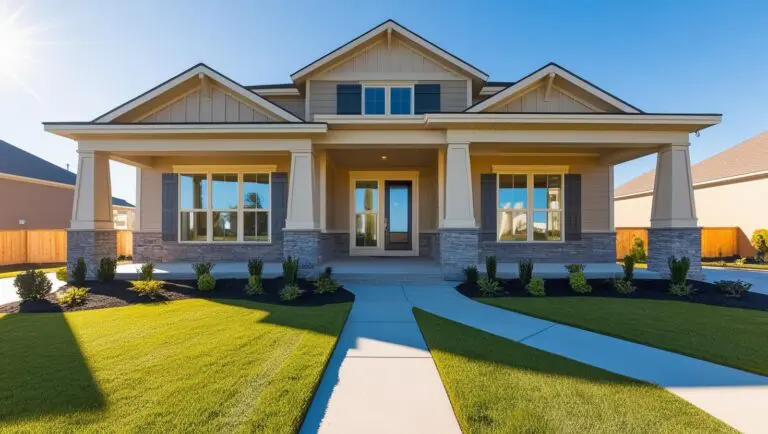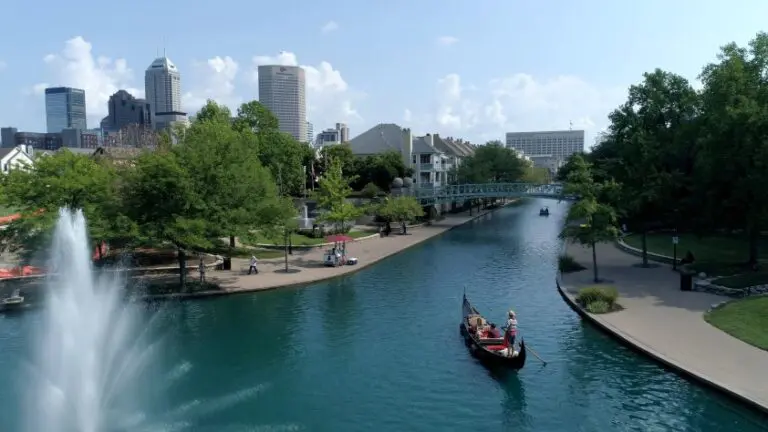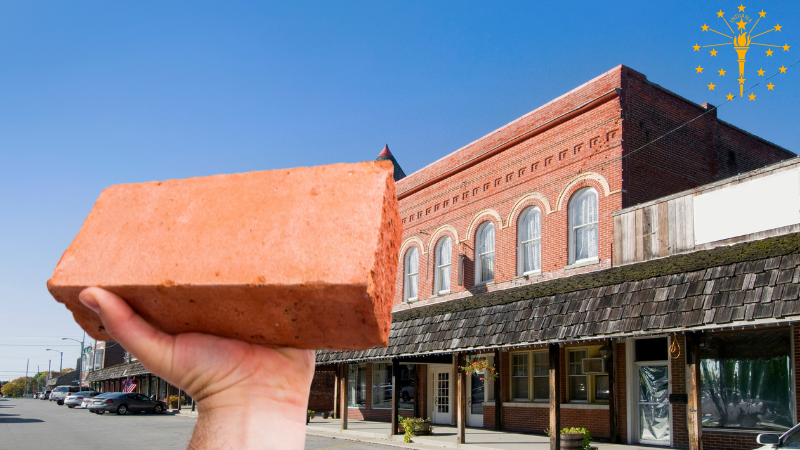Old Indiana brick, made by BrickCraft in South Central Indiana, shows how traditional materials stay relevant in modern construction. Known for its strength and aesthetic appeal, it works in both structural and decorative applications while combining historical charm with environmental responsibility.
Its use of natural materials, adaptability to various designs, and long-lasting nature make it a valuable choice in sustainable architecture.
Traditional craftsmanship blends with today’s needs for durability and eco-conscious practices, proving that past methods offer practical solutions for modern challenges.
The following sections will explore the unique qualities of Old Indiana brick and its role in construction today.
What Makes Old Indiana Brick Unique?
Old Indiana brick, produced by BrickCraft in South Central Indiana, is recognized for its exceptional quality and versatility in modern construction.
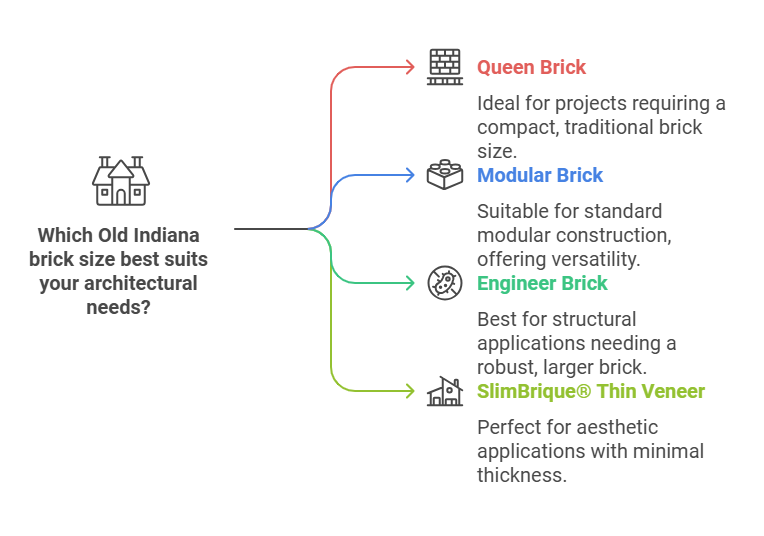
Available in multiple sizes, Old Indiana brick offers flexibility to meet diverse architectural needs:
- Queen: 2 13/16″ x 2 3/4″ x 7 5/8″
- Modular: 3 5/8″ x 2 1/4″ x 7 5/8″
- Engineer: 3 5/8″ x 2 3/4″ x 7 5/8″
- SlimBrique® Thin Veneer: 5/8″ thick with a sawed back
The SlimBrique® option is particularly noteworthy for its lightweight design, making it ideal for projects where the appearance of full brick is desired without the associated weight.
BrickCraft, one of the few American-owned and operated independent brick plants, emphasizes quality, value, and sustainability.
Old Indiana brick reflects this commitment, offering a product that balances traditional charm with modern functionality. Its durability, variety of styles, and high aesthetic appeal make it a preferred choice for a range of construction projects.
Structural and Decorative Uses of Old Indiana Brick
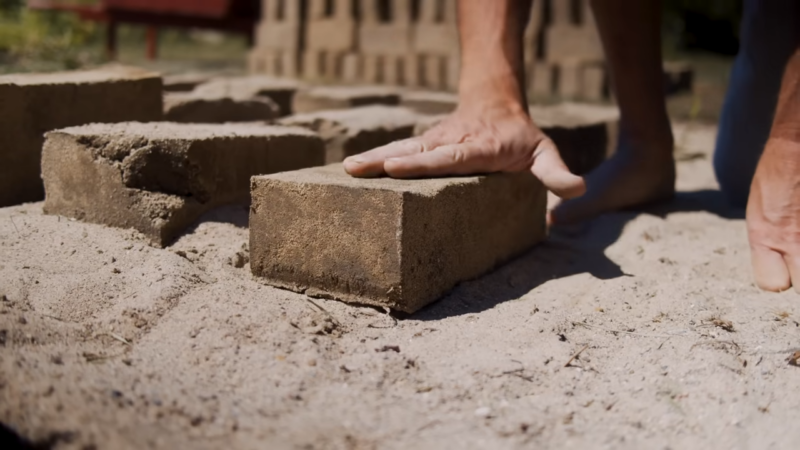
Old Indiana brick, crafted by BrickCraft, is recognized for its adaptability in both structural and decorative roles.
Below, we explore its key applications and introduce thin brick as a practical alternative for specific needs.
Structural Applications
Old Indiana brick excels in load-bearing designs, providing both strength and durability. It is widely used in exterior walls, foundations, and façades, where its resilience ensures long-term reliability. The brick’s structural capabilities make it ideal for projects requiring a balance of sturdiness and aesthetic appeal, such as retaining walls and public buildings.
Decorative Uses
Beyond its structural roles, Old Indiana brick is valued for its visual charm.
In cases where traditional brick is not practical due to weight or cost, thin brick serves as a convenient alternative. Real Thin Brick offers products 1/2″ thick, designed for easy installation on walls, floors, or ceilings.
Thin brick provides the appearance of full brick without requiring additional structural support, making it a more affordable and accessible choice for decorative applications like backsplashes or feature walls.
Environmental Advantages of Old Indiana Brick
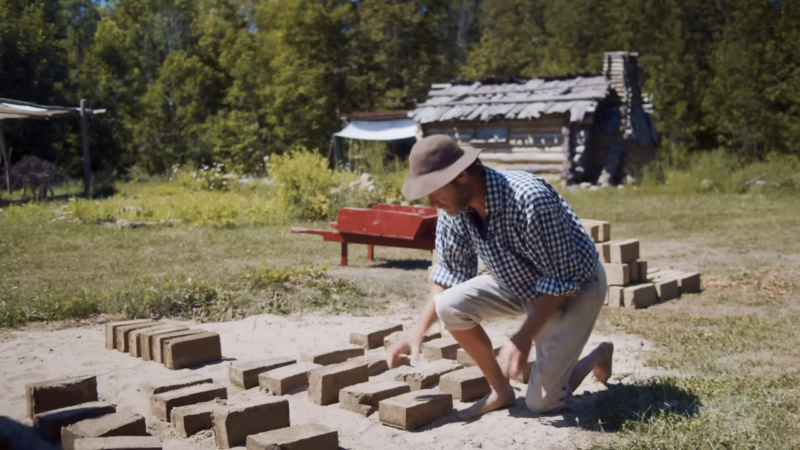
Old Indiana brick, crafted by BrickCraft in South Central Indiana, offers practical benefits that align with eco-friendly construction practices.
Locally Sourced Materials
BrickCraft uses raw materials from nearby areas to produce Old Indiana brick. This reduces transportation-related emissions and supports local businesses, making it a responsible choice for builders looking to minimize environmental impact.
Built to Last
Old Indiana brick is designed to withstand the test of time, reducing the need for repairs or replacements.
Its long-lasting nature means fewer resources are consumed over the lifespan of a structure, adding to its environmental benefits.
Reusable and Repurposable
Old Indiana bricks can be reused in other projects or crushed for applications like roadbeds and landscaping.
This ensures that waste is minimized and materials find new life instead of ending up discarded.
Energy Efficiency
The natural thermal mass of Old Indiana brick helps regulate indoor temperatures, reducing the need for excessive heating or cooling.
Challenges in Preserving Old Indiana Brick Structures
Old Indiana brick, known for its quality and aesthetic value, faces several challenges when preservation is required.
These challenges revolve around material sourcing, structural degradation, compliance with preservation laws, and funding limitations.
Finding Matching Materials
Matching original bricks is one of the most significant hurdles in preservation projects. Differences in size, texture, and color between modern and historic bricks make seamless repairs difficult.
- Example: The restoration of the James Whitcomb Riley Home in Greenfield required special orders to replicate the original brick’s distinct look. Custom manufacturing increased costs and delayed the project timeline.
- Complication: The closure of local facilities like Colonial Brick Corporation has limited access to historically accurate bricks, requiring restoration teams to rely on costly custom orders.
Resolving Structural Problems
Historic brick structures often suffer from issues caused by weathering, water infiltration, and general wear. Structural stability is critical for these projects to maintain safety and integrity.
- Example: The Blair-Dunning House in Bloomington faced extensive damage from water infiltration, leading to wall destabilization. Preservation experts reinforced the foundation while reusing salvageable bricks to preserve its historic authenticity.
- Insight: Long-term exposure to Indiana’s freeze-thaw cycles exacerbates mortar erosion, making regular assessments crucial for identifying and addressing structural risks early.
Compliance with Preservation Laws
Historic preservation projects must follow stringent regulations that sometimes conflict with practical restoration needs. These laws aim to maintain the historical authenticity of structures while ensuring modern safety requirements are met.
- Example: Projects under Indiana’s Historic Bridge Program must maintain original design elements while upgrading for vehicle safety, creating tension between historical preservationists and engineers.
- Requirement: Owners must seek approvals from local preservation commissions before undertaking major repairs or alterations, often adding time and complexity to the project.
Funding Limitations and Delays
Securing adequate funding is another significant challenge.
- Example: The restoration of Carpenters Bridge in Parke County required a mix of federal grants, local funding, and private donations. The lengthy process caused delays and increased overall costs.
- Observation: Limited funding often forces communities to prioritize which structures receive attention, leaving others at risk of further deterioration.
Overcoming Challenges with Technology and Collaboration
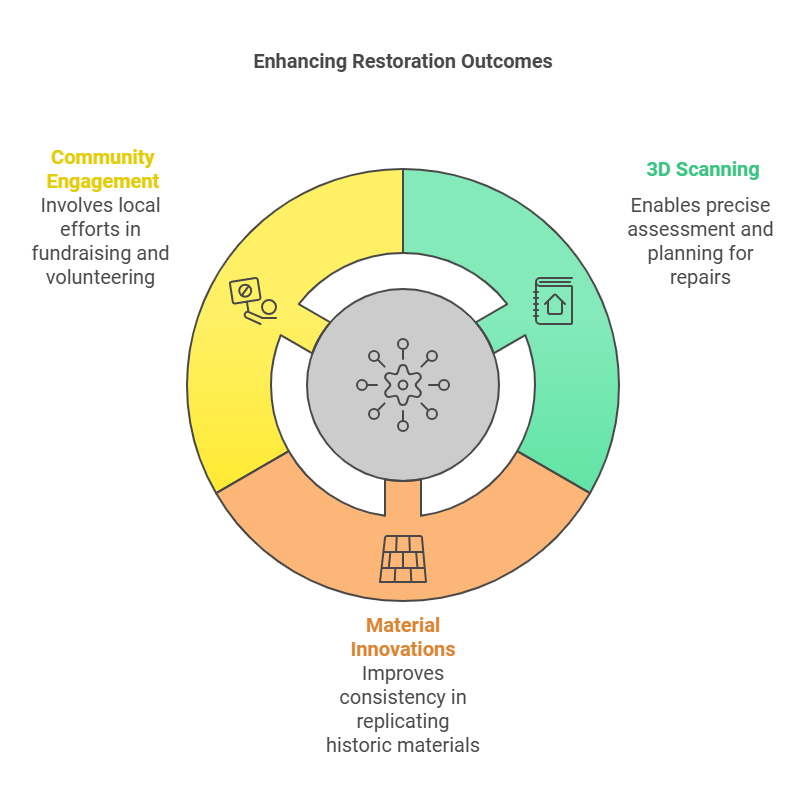
- 3D Scanning: Detailed scans allow experts to assess structural integrity and plan precise repairs.
- Material Innovations: Modern techniques replicate historic bricks more effectively, improving restoration consistency.
- Community Engagement: Local communities contribute through fundraising, awareness campaigns, and hands-on volunteer efforts.
Innovative Uses of Old Indiana Brick in Modern Projects
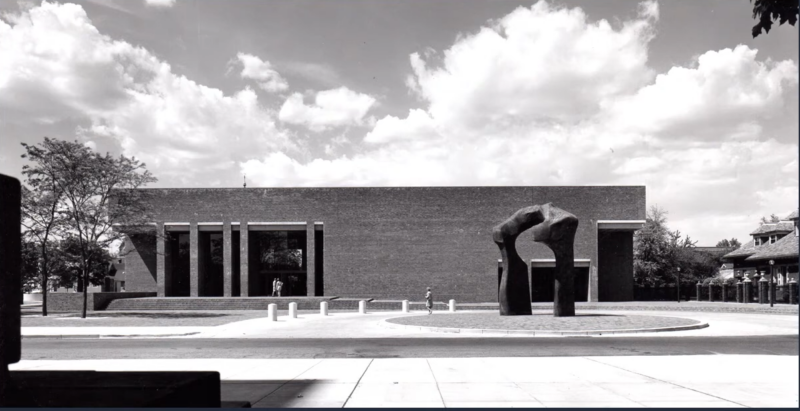
Old Indiana brick, renowned for its rich red tones and rustic charm, continues to play a pivotal role in contemporary architecture.
Architectural Applications
- Residential Design: In Indianapolis, the “Brick Modern House” exemplifies the integration of Old Indiana brick in modern residential architecture. The design utilizes the brick’s deep red hue to create a warm and inviting exterior, harmoniously blending with the surrounding environment.
- Public Spaces: The Cleo Rogers Memorial Library in Columbus, Indiana, showcases the use of Old Indiana brick in public architecture. Designed by I.M. Pei & Partners, the library features a façade of red brick complemented by concrete details, creating a timeless and welcoming atmosphere for visitors.
Interior Design
- Accent Walls: Incorporating Old Indiana brick as an accent wall within interiors adds character and warmth. For instance, a mid-century modern home in Indiana features an original brick accent wall in the living room, enhancing the space’s cozy and inviting ambiance.
Sculptural Elements
Sieh dir diesen Beitrag auf Instagram an
Ein Beitrag geteilt von Riley Children’s Health (@rileychildrens)
- Art Installations: The “Chimney” sculpture at Riley Hospital for Children in Indianapolis demonstrates the artistic use of Old Indiana brick. Standing approximately 25 feet tall, this brick and limestone structure serves as both a functional pavilion and a piece of public art, enriching the hospital’s outdoor plaza.
FAQs
Last Words
Old Indiana brick offers a unique combination of durability and aesthetic appeal. It serves as a bridge between past craftsmanship and modern eco-conscious design. Whether used in new builds or restoration projects, it continues to be a valuable choice due to its strength, versatility, and sustainability.
As the building industry evolves, Old Indiana brick remains a reliable material for creating structures that last, balancing tradition with modern needs.
Related Posts:
- Evansville Shatters 99-Year-Old Temperature Record,…
- Is Kratom Legal in Indiana? Current Laws and Regulations
- How Indiana Is Fighting Against Water Pollution in…
- Severe Winter Storm Brings Heavy Snowfall and Ice to Indiana
- Janet Jackson: A Superstar’s Indiana Roots and Rise to Fame
- Lafayette, Indiana Population Statistics 2025 -…


